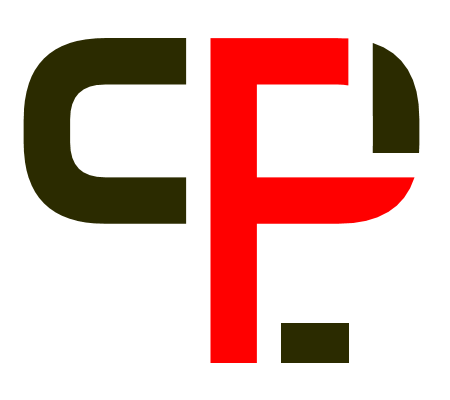Repository | Book | Chapter
The development of the catholic concept of tradition from the council of Trent to the Tübingen school
pp. 151-170
Abstract
I have suggested that the introduction of subjectivity changed the problem of continuity because continuity had to be provided at two levels, at the individual level and at the collective level, and also a way had to be found of linking together the continuity provided at these two levels. In traditional religions, primacy was accorded to the provision of continuity at the collective or institutional level. Note that this statement is not the same as saying that these religions were past-oriented. As we shall see, their effect on the individual level was reverse: they oriented the individual to the future. Perhaps the provision of a retrospective continuity on an individual level for a Cartesian subjectivity made it possible to develop a prospective continuity on a collective level, turning society towards the future once the problem of continuity with the past had been resolved on the individual level. I do not think, however, that the problem is that simple and that the solution was so neat. In the modern world, projectivity and retrospectivity were effectively interwoven at every level, and the relation between the two was never stable.
Publication details
Published in:
Motzkin Gabriel (1992) Time and transcendence: secular history, the catholic reaction and the rediscovery of the future. Dordrecht, Springer.
Pages: 151-170
DOI: 10.1007/978-94-011-2508-6_5
Full citation:
Motzkin Gabriel (1992) The development of the catholic concept of tradition from the council of Trent to the Tübingen school, In: Time and transcendence, Dordrecht, Springer, 151–170.




